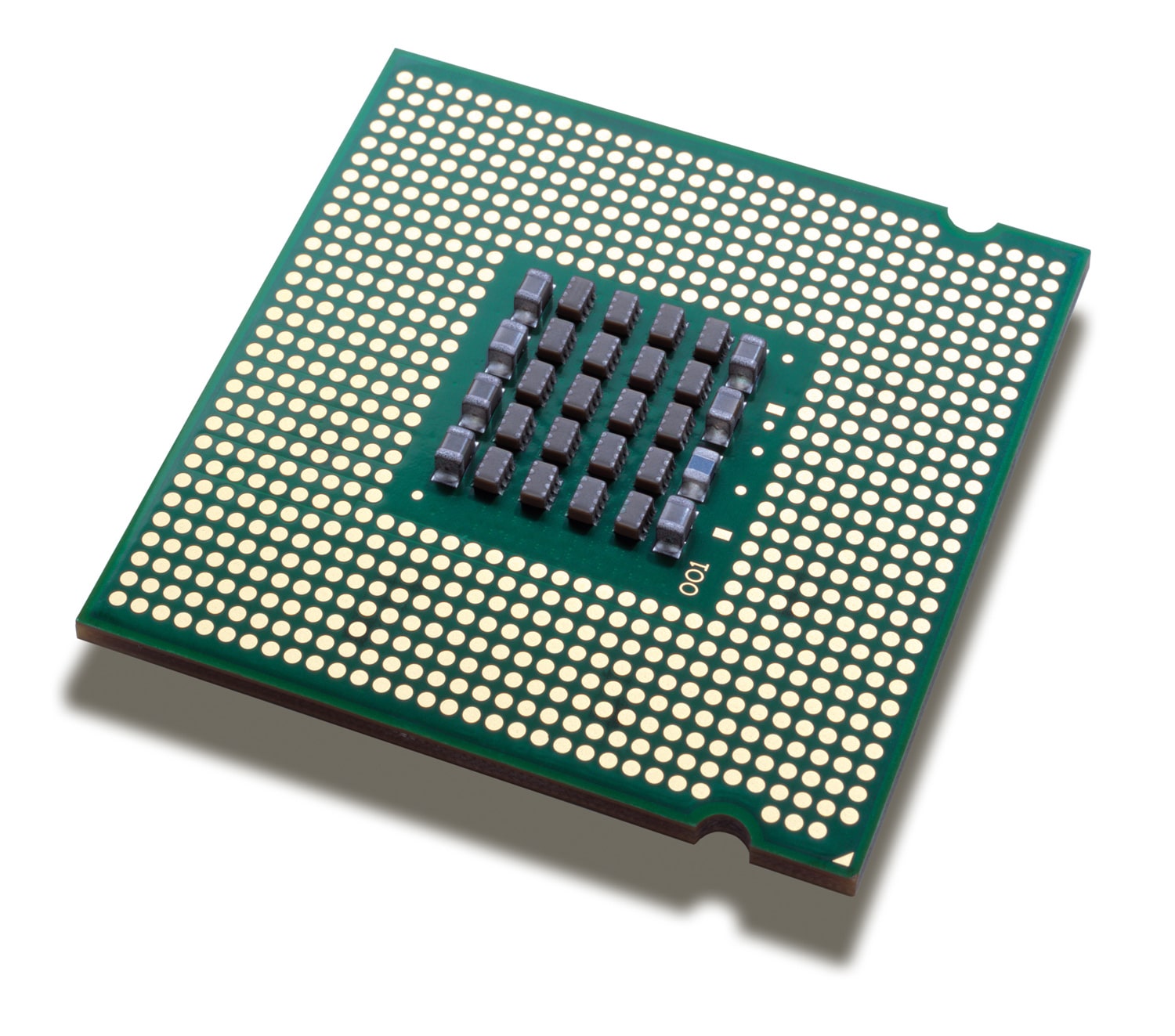Nano-Cooling Breakthrough Achieved By Intel And Berkley
Gabriel Roşu / 11 years ago

University of California researchers at Intel and Berkley reported to have made a breakthrough in cooling microchips by using a combination of carbon nanotubes, which we previously reported that Japanese researchers found a way to mass produce them as well as their impact on technology, and organic molecules to create a high efficient connection between a chip and its heatsink.
As chips get smaller, and faster even, the heat generated by the chips becomes a more increasing aspect that researchers have to deal with. It was previously noted that carbon nanotubes could work as a high efficient conduit for this heat, but the issue still remained in getting the heat to the carbon nanotubes.
“The thermal conductivity of carbon nanotubes exceeds that of diamond or any other natural material but because carbon nanotubes are so chemically stable, their chemical interactions with most other materials are relatively weak, which makes for high thermal interface resistance,” explained Frank Ogletree, a physicist at Berkeley Lab’s Materials Sciences Division and leader of the study”
And from here, Intel comes in with a little improvement to their plan. Nachiket Raravikar and Ravi Prasher, who were both Intel engineers from the project’s very beginning, were able to increase and strengthen the contact between the carbon nanotubes and the surface of other materials, reducing thermal resistance and increasing heat transport efficiency. It works by using organic molecules to form strong covalent bonds between the carbon nanotubes and metal surfaces, equivalent to using thermal paste between a heat sink and a CPU.
The new system formed allows for a six-fold increase in heat flow from the metal to the nanotubes, and also the method uses nothing more than gas vapour or low-temperature liquid chemistry, meaning it can easily be integrated into the production process of modern chips. But it is not done yet, since the tests currently show that only a small portion of the nanotubes connect to the metal surface, but it is progress nonetheless.
Thank you Bit-Tech for providing us with this information
Image courtesy of Bit-Tech



















